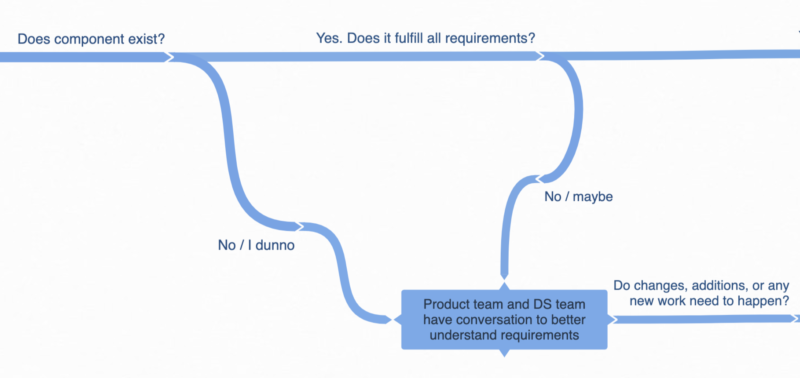Unlocking Design Excellence: A Deep Dive into Atomic Design and Its Advantages
In the dynamic landscape of digital design, staying ahead requires innovative approaches. One such methodology gaining traction is “atomic design.” In this article, we’ll unravel the intricacies of atomic design and explore the organic benefits it brings to organizing a design system.
Understanding Atomic Design: Breaking Down the Basics
What is Atomic Design?
Atomic design is a methodology coined by Brad Frost that breaks down design systems into fundamental components called “atoms.” These atoms serve as the building blocks for more complex design elements, creating a systematic and scalable approach to crafting interfaces.
The Atomic Hierarchy
The atomic hierarchy consists of atoms, molecules, organisms, templates, and pages. Each level encapsulates a specific complexity, allowing for a modular and organized structure.
Advantages of Atomic Design in Organizing Design Systems
Scalability and Consistency
One of the primary advantages of atomic design is scalability. The modular nature of atoms and molecules enables easy scalability, fostering consistency across various design elements. This proves invaluable as your design system grows and evolves.
Efficiency in Design and Development
Organizing a design system using atomic design promotes efficiency in both design and development processes. With reusable components, designers and developers can streamline workflows, reducing redundancy and saving time.
Enhanced Collaboration
The atomic design methodology encourages collaboration among design and development teams. By working with a shared vocabulary of components, teams can communicate more effectively and ensure a unified vision throughout the design system.
Improved Maintenance and Updates
Atomic design simplifies maintenance and updates. Changes to individual atoms cascade through the hierarchy, ensuring that updates are systematically applied, reducing the risk of inconsistencies.
Adaptability and Flexibility
Design systems organized using atomic design are inherently adaptable and flexible. Whether you’re adding new features or undergoing a redesign, the modular structure allows for seamless adjustments without compromising the integrity of the entire system.
Implementing Atomic Design in Your Design System
Start Small with Atoms
Begin by identifying and creating basic atoms such as buttons, input fields, and icons. These serve as the foundation for more complex components.
Build Molecules and Beyond
Combine atoms to form molecules, organisms, and beyond. This step-by-step approach ensures that each component aligns with the overarching design language.
Document Thoroughly
Comprehensive documentation is key to a successful atomic design implementation. Clearly define each component’s purpose, usage guidelines, and variations.
Encourage Collaboration
Foster collaboration between design and development teams. Establish a shared understanding of the atomic design principles to ensure a cohesive and unified approach.
Conclusion: Elevating Design Systems with Atomic Design
In conclusion, embracing atomic design in organizing your design system opens the door to scalability, efficiency, collaboration, and adaptability. As the digital landscape continues to evolve, atomic design stands as a beacon for those striving for design excellence and systematic innovation.
Implementing atomic design principles doesn’t just enhance the design system—it transforms the way designers and developers collaborate, laying the groundwork for a more cohesive and future-proof digital experience. So, dive into the atomic realm and elevate your design system to new heights!

